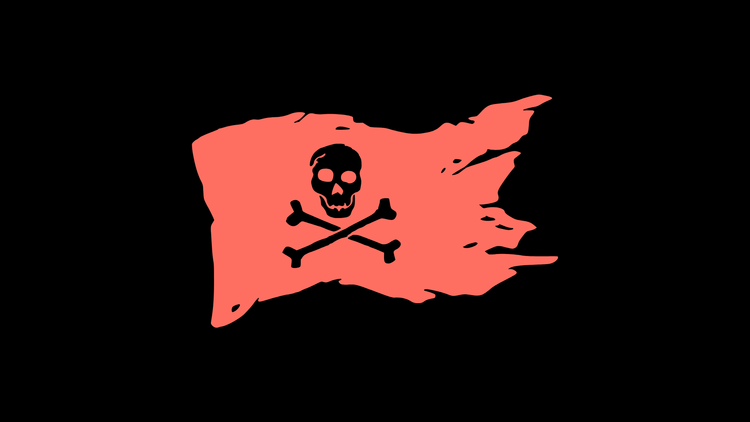Don’t Make This One Mistake
The State Department under Tillerson broke its lead element
“The number of new recruits taking the foreign-service entrance exam plummeted by twenty-six per cent from the year before.”
Since 1776, the United States Marine Corps’ lead element — the group that directly accomplishes the organization’s mission — has been its infantryman.* Every other job supports the infantry.
For roughly the same amount of time, the State Department’s lead element has been its diplomats. For unknown reasons, Secretary Tillerson broke not only his lead element but also its farm system. The result is and will continue to be devastating.
The best-run organizations — businesses, universities, government agencies — invest heavily and continuously in their lead elements. The worst-run organizations dilute their lead elements and invest elsewhere.
A few examples of lead elements are:
- Engineers at a technology startup
- Practitioners at a hospital
- Artist at a record label
The ability to focus on lead elements changes as an organization grows.
At some point, lead elements need support elements. But the growth of those in support should not outpace the growth of those in the lead.
Your organization can thrive with too many lead elements, but it will die without enough of them.
Indeed, the Marine Corps’ lead element ethos is so institutionally and culturally significant that it is memorialized in an oft-used phrase: “Every Marine a Rifleman.”
Riflemen are the beating heart of an infantry unit.





